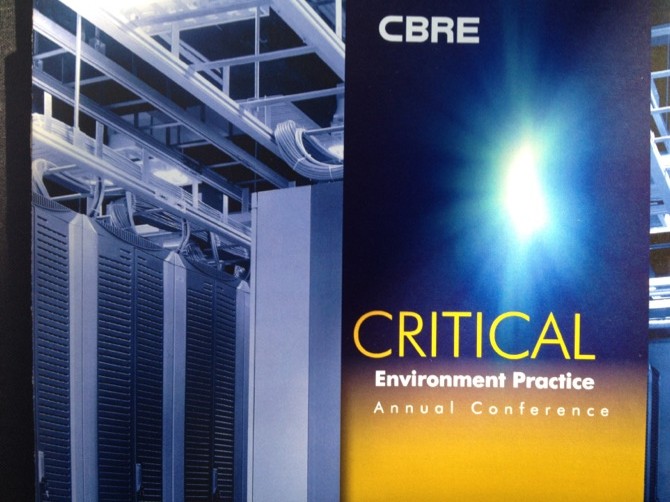
I’m at the CBRE Critival Environment Practice Annual Conference in Richardson, TX. The entire CBRE CEP is in attendance along with a few data center folks such as: Digital Realty, Compass Datacenters, CyrusOne, QTS, T5 and others. This post is my attempt at live blogging today’s events.
[divider]
[liveblog]

